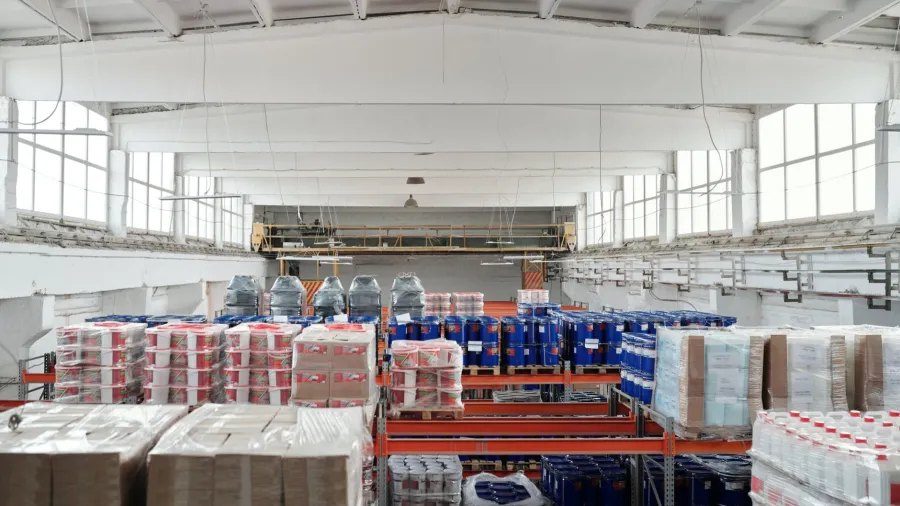
Bangkok to see over 150,000sqm of new warehouse space in 2025
The Eastern Economic Corridor will account for 72% of future supply.
Bangkok’s logistics property market in H2 2024 continued to expand, said Knight Frank in a report, driven by strong demand from key industries such as e-commerce, electronics, and electric vehicles (EVs).
“E-commerce maintained steady growth, supported by last-mile delivery needs, while the EV sector fueled demand for logistics properties, driven by expanding production and infrastructure development. Additionally, new players have entered the market, with major developers such as SC Asset forming partnerships with logistics providers to capture opportunities in the expanding warehouse sector,” the report added.
Here’s more from Knight Frank:
The total ready-built warehouse supply expanded to 6.42 million sq m, marking a 1.9% H-o-H and 11.5% Y-o-Y increase, with new developments concentrated in Chonburi and Samut Prakan. The Bangkok Metropolitan Region and the Eastern Economic Corridor (EEC) remained the most sought-after locations, attracting continued developer interest.
However, while leasing activity remained stable, with net absorption reaching 151,551 sq m, occupancy rates only saw a slight increase to 86.5%, bringing total occupied space to 5.55 million sq m.
Despite the growth in supply, the demand side shows signs of caution, particularly in industrial-driven warehousing. The declining Manufacturing Production Index (MPI) and lower stockpiling activity suggest that while consumption and trade remain strong, warehouse demand tied to manufacturing may soften. This shift highlights localized market imbalances, particularly in the Central Region, where occupancy rates declined, underscoring a more cautious outlook for industrial warehousing demand.
Looking ahead to 2025, the logistics sector is expected to maintain positive momentum, with 150,686 sq m of new warehouse space set to enter the market. The EEC will account for 72% of future supply, driven by continued investment in automotive, electronics, and fast-moving consumer goods.
Demand for built-to-suit and high-tech warehouses will increase, reflecting shifting occupier preferences toward automation, efficiency, and sustainability. Additionally, the cold storage segment is expected to see sustained demand, as food and pharmaceutical industries expand their storage needs.
At the same time, global supply chain shifts and sustainability initiatives continue to shape market demand, with the China+N strategy, decarbonization, and technology serving as crucial enablers. As manufacturers diversify their operations beyond China into Southeast Asia, Thailand is further solidifying its position as a regional logistics hub. The transition toward energy-efficient and emissions-neutral warehouses is accelerating, aligning with global sustainability goals.
Meanwhile, fast-moving consumer goods (FMCG), retail products, and household essentials will continue to drive demand for Thailand’s logistics space, particularly in key manufacturing and distribution hubs.
Moving forward, sustainability, automation, and evolving occupier requirements will define the next phase of transformation in Thailand’s logistics property market.

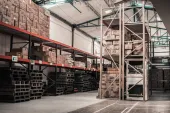


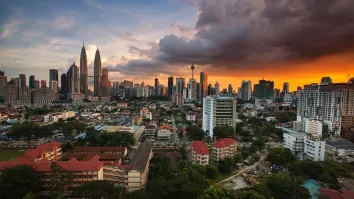
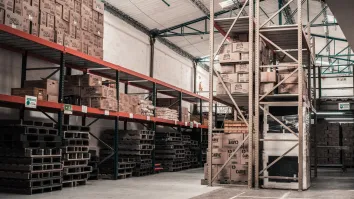







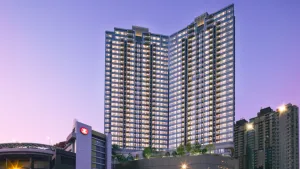


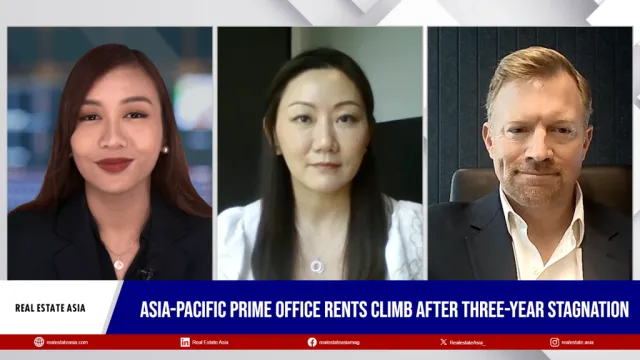

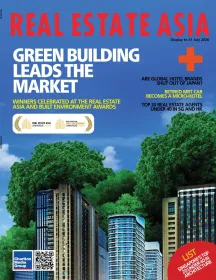
 Advertise
Advertise




